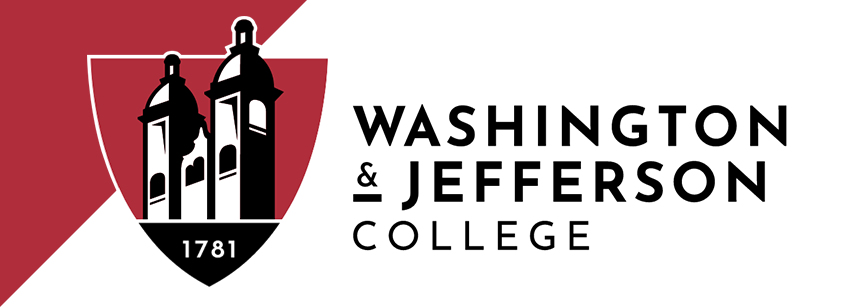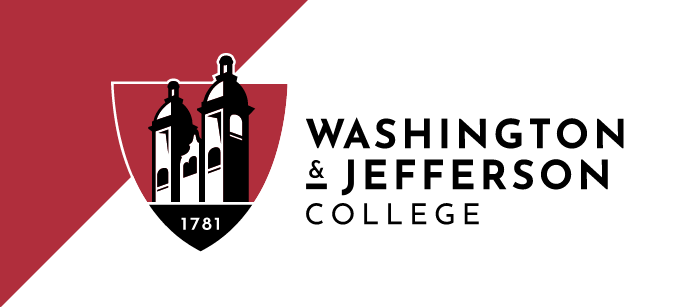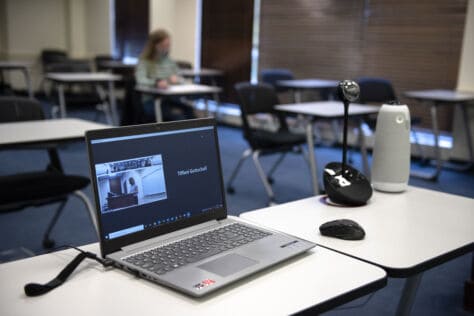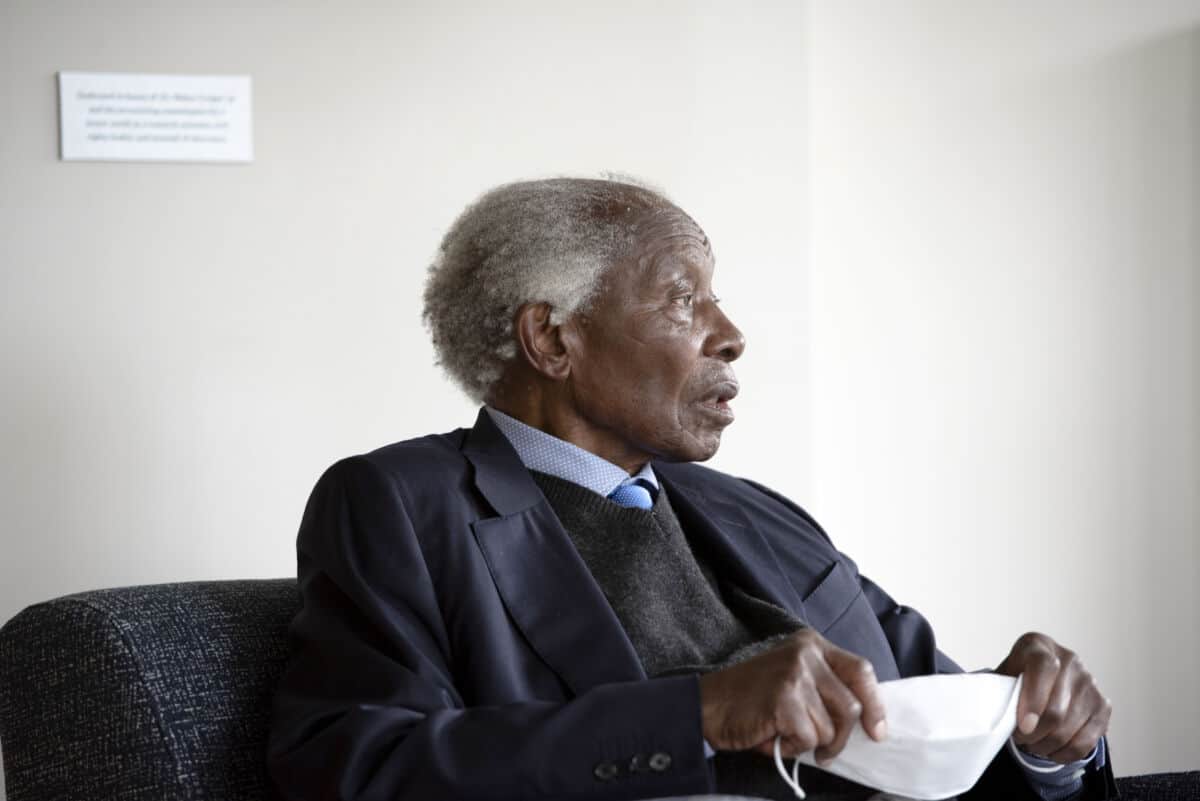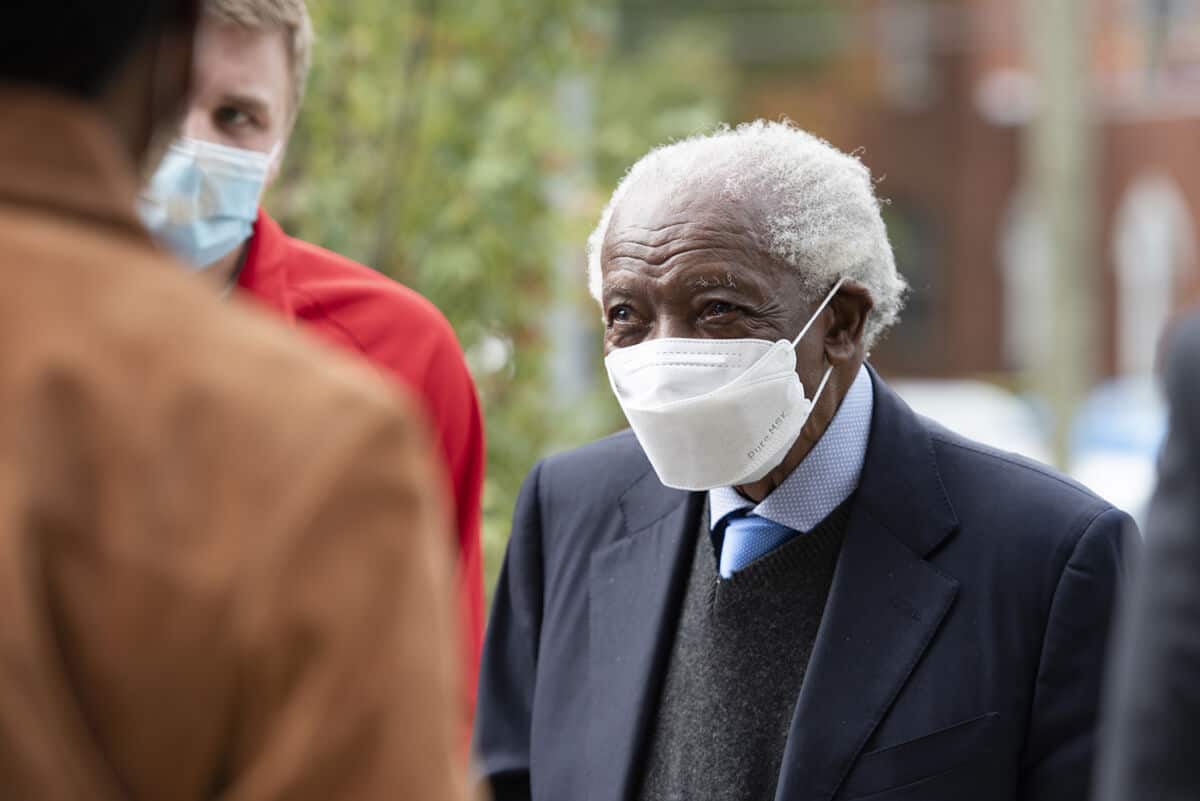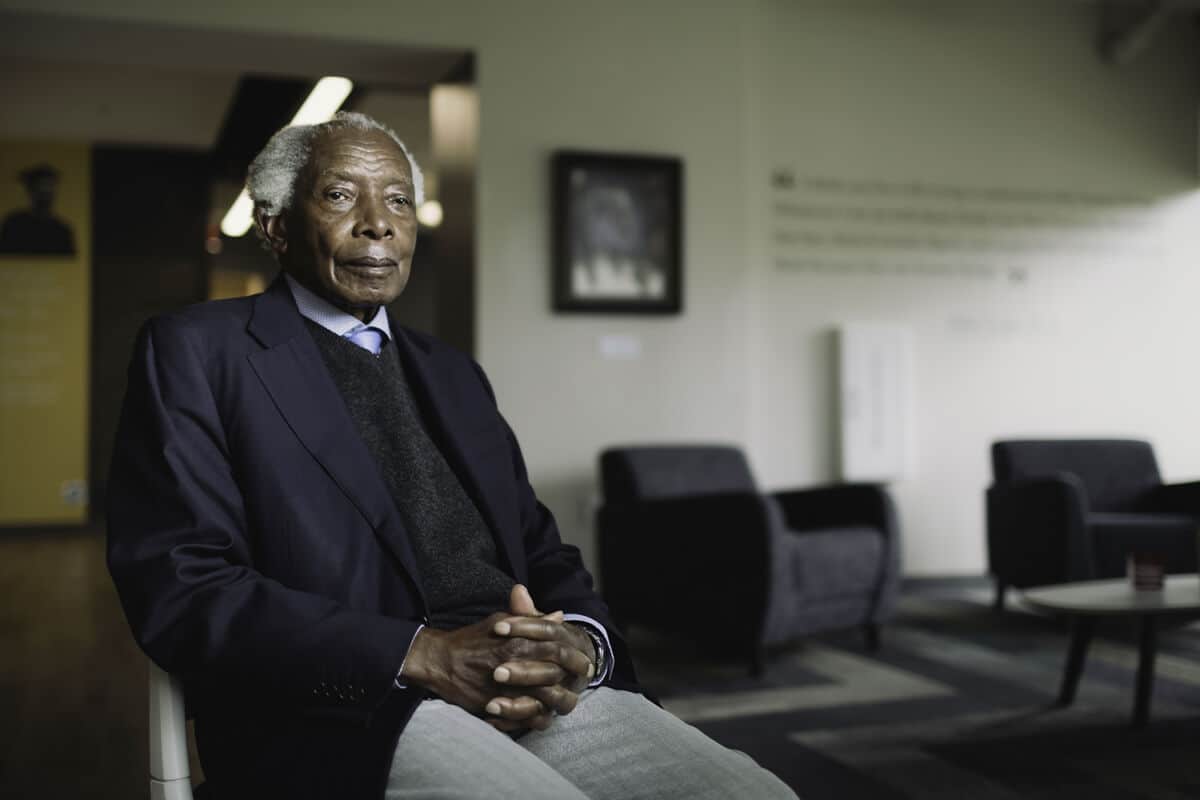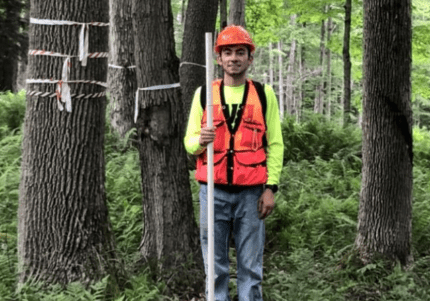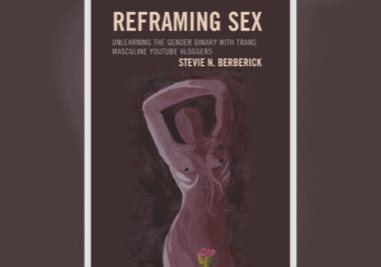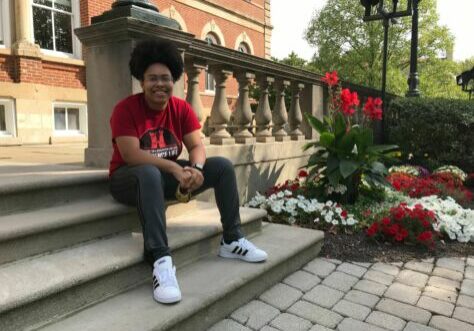How W&J will keep its faculty, staff and students safe this spring
With an unprecedented fall semester behind them, W&J faculty and staff are looking forward to spring.
Even though it still won’t be exactly “normal,” they acknowledge, they’re ready.
The Spring 2021 semester continues with the model W&J adopted for Fall 2020, which includes remote and in-person instruction, as well as JayFlex, which allows students to take advantage of both options.
These models were designed carefully to maintain safe learning and living environments while providing for students the holistic experience that is so critical to W&J’s mission.
As they did for Fall 2020, returning students, faculty and staff will again be required to sign the Pledge to Promote Safety this spring, ensuring that all campus community members are aware of and committed to following the College’s safety guidelines, which were designed, and have been updated, by the College’s COVID-19 Committee. Residential students will also be required to quarantine upon arrival to campus, and random-sample COVID testing will occur each week.
“A lot of our success had to do with just constant vigilance to our testing and our Pledge,” says
Eva Chatterjee-Sutton, vice president for student life and dean of students. “The diligence around people following the protocols we set out has been really important for us. It’s what we want all the time – looking out for each other, keeping each other safe. but COVID demanded it. We’re always interdependent in a community, but the stakes are much higher now.”
Chatterjee-Sutton and her team are working to ensure the student experience is strong and positive for both remote and in-person learners. That includes W&J Dining, which surveyed students for feedback on quarantine meals so they can plan differently for spring. The team is also working on a program to allow parents to send treat baskets to their students.
Fraternity and Sorority Life recruitment will be held virtually, and new students will have a virtual Winter Matriculation ceremony. However, they’ll be able to cross the College seal in person in small groups as students did in the fall. Student Life is also planning signature events for seniors to make their last semester special.
“It’s a blend of keeping our traditions and adapting them to an environment where everyone can safely access them as well as actively searching for new opportunities,” Chatterjee-Sutton says.
W&J’s academic environment also has adapted to the “new normal.” The College always had the ability to operate online in some capacity through Sakai and Microsoft Teams, but as COVID safety mandates stretched that capacity to new levels, it also led to innovation that will serve the College well as it continues to provide all services at a high-quality level this spring.
The Remote 2.0 Committee, working in conjunction with Information Technology Services, implemented Owl Labs Educational Technology in classrooms across campus, allowing for a more connected classroom experience.
“[The Owl technology has] real advantages which a regular webcam does not have,” says Professor of English Linda Troost, Ph.D., who co-chaired the Remote 2.0 Committee with Professor of Biology Ronald Bayline, Ph.D. “It allows students to see and hear each other whether they are in the classroom or remote.”
Troost says the fall semester was, in many ways, more tiring and stressful than she anticipated, which she attributes to difficulties in trying to incorporate multiple technologies to teach a class. Teaching in a classroom is the fun part of the job, she says, and she does miss it. She notes that, while faculty have had to adapt their teaching styles and syllabi, students also have had to adapt, modifying their study habits and schedules to accommodate jobs and internships, and, in some cases, navigating family needs and connectivity issues.
But, Troost adds, the ability to record lectures and interact remotely also comes with opportunities.
Students in one class, for instance, were required to record and submit videos of themselves giving presentations they normally would have given in front of their peers. Those students now have recordings of their work which they can share with potential employers. Professors now are recording lectures which students can access anytime.
Faculty have been working since last spring on a larger initiative to set up best practices for teaching online and adapting W&J’s signature high-touch practices, like small-group discussions, to the new environment. Troost says professors are looking for opportunities to do more asynchronous work in their Spring 2021 classes to reduce stress and also accommodate technical inequities with which remote students may be grappling.
“You’ve got to level the playing field for everybody,” she says. “This could all be helpful in future semesters, after the pandemic is over. It opens up a lot of freedom, but a gentle balance is needed right now.”
